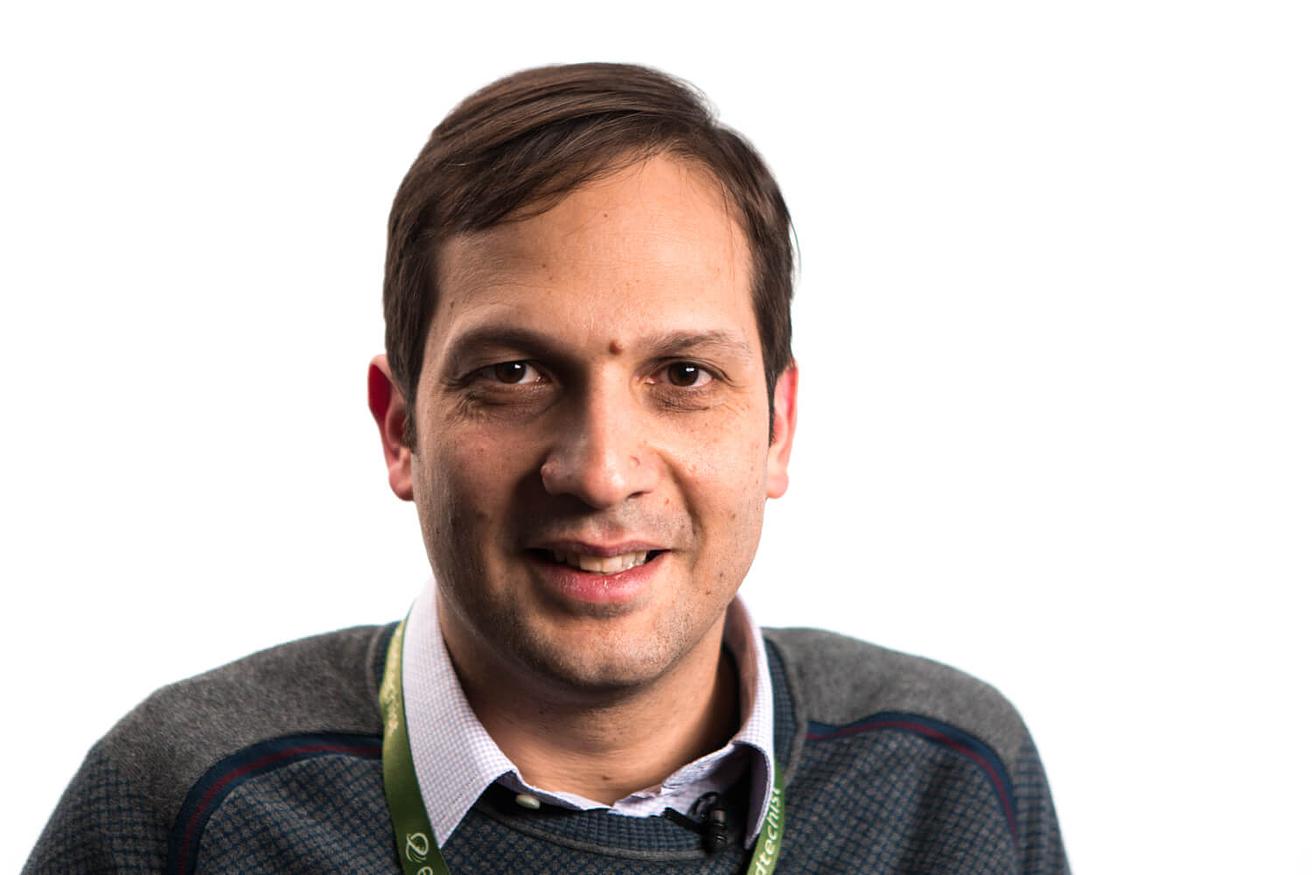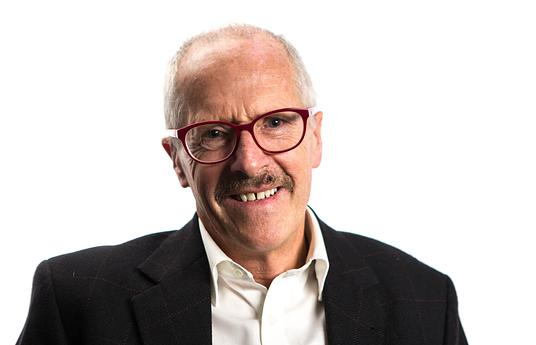Metin Ferhatoglu
Metin Ferhatoglu Director of Technology at Robert College, Istanbul. He is an educator, consultant, technology director and speaker, with expertise is in Information Technology and the use of technology in education.
He is currently based in Istanbul, Turkey.
Skills
Do you feel that the current way we are educating children fully prepares them for the needs of the 21st century?
In my country, Turkey, education focuses more on classic teaching and learning, but we are trying to transform it. We are working on twenty-first century skills and ISTE standards more and more, and trying to imbed them into the curriculum. Sometimes you can’t find the place in the curriculum, so you just bypass that concern or glitch by starting clubs. Students run clubs themselves, for example a makers club to teach creativity and critical thinking.
Our students use their maths, physics backgrounds (amongst others) with basic engineering to create projects that include software and hardware. So we have a group of students who just work on programming, some students working on hardware, and some that work on the design. We don’t limit STEM or STEAM, but we infuse those skills in our students. This is our fourth year of supporting the curriculum with clubs and extracurricular activities.
Teachers
What is the role of the teacher?
That is a really good question. We keep going back and revising the definition of a teacher. We believe that the teacher should be a guide and a facilitator.
For example, our clubs are led by our students and they are responsible for putting together the curriculum. So for the maker’s club, for example, the students create the curriculum and put the steps into place, but we are always there for them when they need assistance. We are not leading them, they take the full responsibility for their clubs.
This is same for the classes. In English class you won’t see the teacher in front of the students using the whiteboard and writing or giving instructions. We always encourage students to work in groups, collaborate and then present their work. It’s transforming our school as well as many other schools, such as the schools we visit in the States. In many countries it’s moving from teacher-centered to student-centered.
Assessment
What are your views on PISA?
It’s one of the issues we discuss amongst our colleagues. We think that assessment should transform and evolve. We try to give our students skills such as creativity, critical thinking and collaboration which aren’t easy to measure. So, how can you measure them, and is PISA an appropriate test?
We believe that assessment has to be transformed in the coming years, so we are working on that.
Environments
What would be the most exciting learning environment?
It would be nature. Our school is a very old school built inside a forest. We are trying to move our classes outside the building so that students will be amongst the trees and the ground. We are getting new furniture for outside which won’t get damaged in the rain or corroded.
We believe this will enable the students to be more creative. For example, they can use a green screen and shoot movies there. In geography classes we can take our students outside. I can imagine in an English class a student reading a poem in the fresh air. My dream is to have the classes, if the weather permits, outside.
All the classrooms should have natural light and flexible furniture that enables students to feel like they are at home. We don’t have small kids but if we had lower grades, such as primary grades, they wouldn’t wear shoes on the carpet. I see schools like that all over the world that make students feel really relaxed. One day I realized that it’s true for me, when I’m relaxed I learn better. A better environment feels like home.
What are the challenges of a traditional classroom setting?
It’s my job to use design thinking to solve these problems. Actually, I don’t want to say problem, because every problem is an opportunity.
When we first started our 1:1 program in our school we had rectangle tables and chairs, a classic classroom environment, and then we said: ‘the students cannot collaborate with each other.’ So we got together and founded a group of teachers, students and administrators and visited schools around the world, in India, the UK, USA and Europe. Then we said: ‘okay, for English learning more collaboration is needed,’ so we used trapezoid tables.
Two students think at a trapezoid table and if they want to build groups they put the trapezoid tables together, it becomes a hexagon or a pentagon. It’s different. Students can move them easily with wheels – both the tables and chairs. Senior students prefer the chairs with wheels and a small table for their laptop. They can easily move around the school without pulling their chair, they just move the furniture together and create a group.
We also believe that having natural light in a school is very important. In our school, which is 150 years old, this is a problem but with paint and other materials you can make it bright, which makes the students feel energized.
Leadership
What role do you think government should play in education?
There are fifteen million public school students across Turkey. There are certain parts of the country that are difficult to reach but by using technology, content can reach students who are in a small village where there is snow and roads may be blocked so they can’t get to school. Because of new technologies we can prevent them from becoming disadvantaged and they will still be involved in classes, which is very important. So a student who is in Istanbul, one of the biggest cities in Turkey, and a student in a city in Eastern Turkey will have access to the same content. It’s great.
Our government is trying to make this possible. They started a project in 2012 to give the same opportunities to all students throughout the country. The governments I see here at Bett [London 2016] are also sharing their own projects government-wide. For example Australia, Portugal and Malaysia have similar projects. By using technology countries can develop and close the gap between the biggest countries in the world.
Personal memory
What was your favourite moment in your own education?
I was in primary school, a second grader. I wanted to build my own plane with a friend of mine. We tried so hard, we worked on the model and then we found out that you needed an engine to make it work. Nobody had told us and it was frustrating, which is why I wanted to start the maker club at our school with my colleagues. There are students who are in similar situations to the one I was in, and I wanted to give them the guidelines and the opportunity to bring their dreams to life.
Did you have a favourite teacher?
Yes, my university teacher. He was a great guy, he was an engineer. When I first went to his class he said: ‘okay guys, we are going to teach you engineering but you will use none of these skills.’ So he sent me to one of the leading companies in my country for an internship at the start of my first year. It was a great opportunity for me to see real-life work and to work with real problems. It gave me a different perspective of life. I was able to combine maths and physics with real-life problems of production and drawing. So it was a purposeful thing for me.
The next 100 years
The next 100 years of Finnish education should… let students go after their dreams and give their students the opportunity to have ownership over their own learning.



